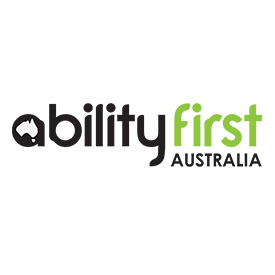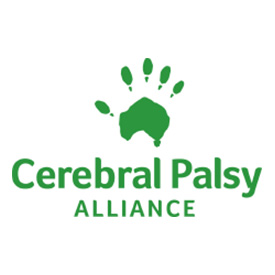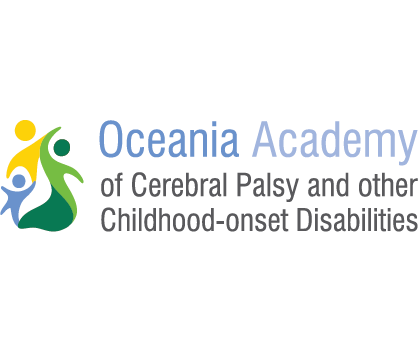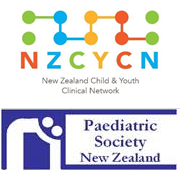Cerebral palsy is the most common lifelong physical disability that begins in childhood. People with cerebral palsy experience significant barriers in everyday life.
Despite its lifelong nature, the complex physical, medical, educational and social needs associated with cerebral palsy often remain unmet. Further, relative to the condition’s prevalence, cerebral palsy remains under-recognised both at a societal level and within the political arena.
As such, a targeted Australian and New Zealand Cerebral Palsy Strategy has been developed. The Australian and New Zealand Cerebral Palsy Strategy reflects a united voice informed by people with cerebral palsy, their families, professionals and researchers across Australia and New Zealand.
Latest News

With an overarching goal of improving quality of life, the strategy is comprised of 4 key goal areas:
-
- Inclusion and Engagement
- Health and Well-being
- Intervention and Disability Support
- Prevention and Cures
Under each goal are a range of short-term, medium-term and long-term priority objectives. Success indicators provide benchmarks with which to measure success towards meeting the Strategy’s priority objectives over the 5 year review period.
The Strategy establishes a pressing need for action, is a first step in the development of action plans across its priority areas and paves the way for a campaign to achieve its mission and vision. Meeting the success indicators of The Strategy will not only benefit people with cerebral palsy, their families and supporters, but is expected to lead to improved economic and social outcomes for Australia and New Zealand.
Following the launch of The Strategy in March 2020, The Collaboration, who is the core group of individuals responsible for overseeing implementation and stewardship of The Strategy, is now focused on making progress towards the goals and objectives identified in The Strategy.







